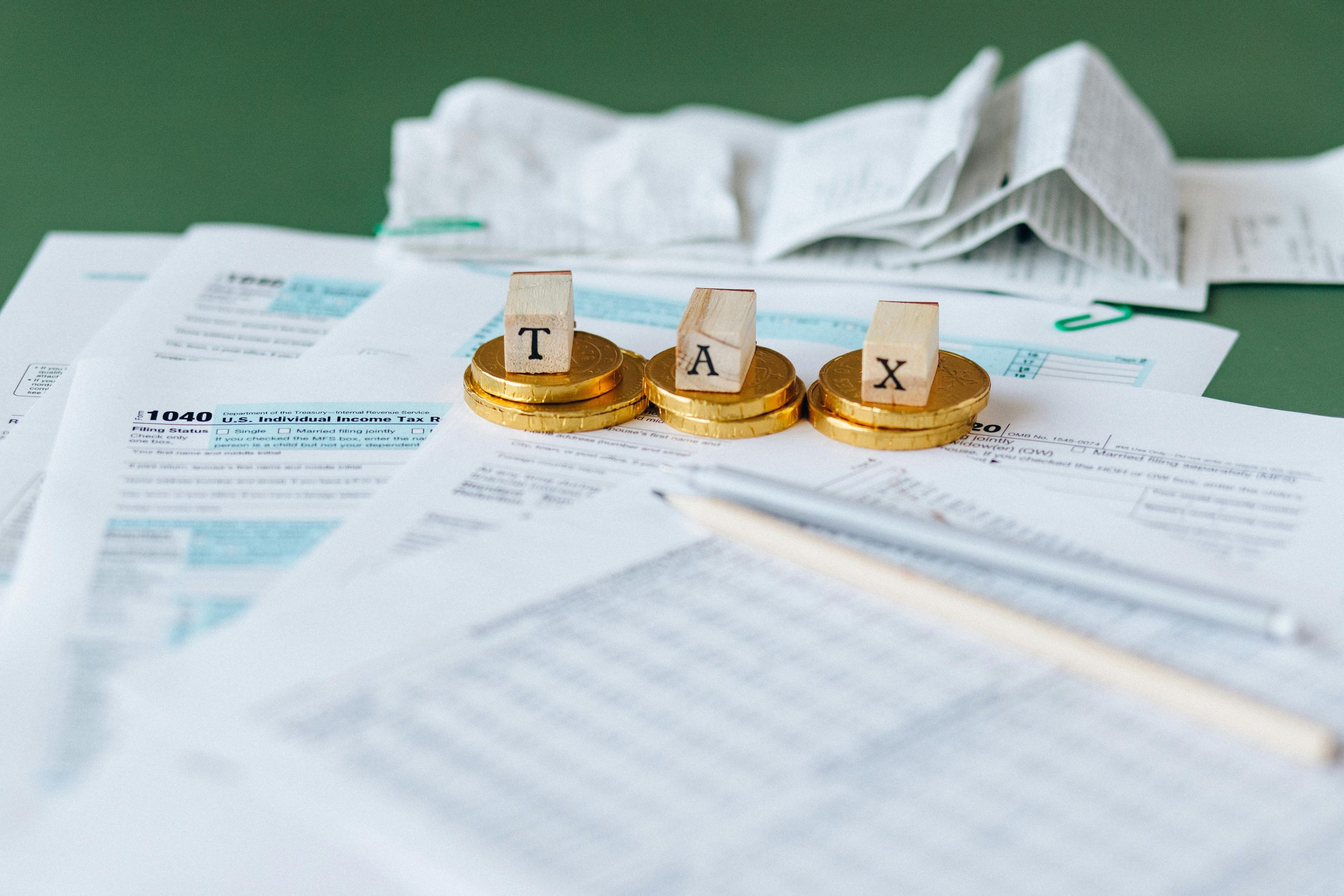Down Payment Hacks: Government Programs Bridging the Affordability Gap
The dream of owning a home is one that many Americans share, yet the ever-increasing cost of houses can make it seem out of reach for many. However, for those unable to meet the high down payment requirements, there is good news – the government offers a variety of programs to help bridge the affordability gap. These down payment hacks can make homeownership a reality for many who may have previously thought it was out of reach. In this article, we’ll take a deeper look at these government programs and how they can help you achieve the American dream of owning a home.
Down Payment Assistance Programs
One of the biggest barriers to homeownership for many is coming up with the required down payment. Fortunately, the government offers a variety of programs to help with this financial hurdle. Down payment assistance programs, also known as DPAs, provide grants, loans, or tax credits to help homebuyers with the upfront costs of purchasing a home. These programs are usually run by state and local organizations and are typically targeted towards low to middle-income families.
The Federal Housing Administration (FHA) Programs
The FHA offers several programs specifically geared towards first-time homebuyers and those with lower incomes. One of the most popular is the FHA loan program, which allows for a down payment as low as 3.5% for those with a credit score of at least 580. The FHA also offers a down payment assistance program for those who qualify, providing up to $10,000 towards the down payment and closing costs.
Individual State Programs
In addition to the federal government, many states also offer their own down payment assistance programs. For example, the California Housing Finance Agency offers the CalHFA MyHome Assistance Program, which provides up to 3.5% of the purchase price for a down payment or closing costs. Other states, such as New York and Texas, also offer similar programs to help first-time homebuyers.
Tax Credit Programs
Aside from down payment assistance, another way the government can help make homeownership more affordable is through tax credit programs. These programs provide a dollar-for-dollar reduction in the amount of income tax owed, allowing homebuyers to keep more money in their pockets to put towards a down payment. Two popular tax credit programs are the Mortgage Credit Certificate (MCC) and the Residential Energy Credit (REC).
Mortgage Credit Certificate (MCC)
The MCC is a program that provides a tax credit for a portion of mortgage interest paid each year. This credit can help lower the overall cost of homeownership over time, making it more affordable for low to moderate-income individuals and families. The MCC is available in many states and is typically run by the state’s housing finance agency.
Residential Energy Credit (REC)
The REC is a federal tax credit that encourages homeowners to make energy-efficient improvements to their homes. This can include installing energy-efficient appliances, solar panels, or making other upgrades that reduce a home’s energy consumption. In addition to reducing energy bills, these improvements can also increase the value of the home.
Research and Apply for Programs
With various down payment assistance and tax credit programs available, it’s important to do your research and find the ones that are best suited to your needs and financial situation. A good place to start is by checking with your state’s housing finance agency to see what programs are available in your area. You can also speak with a mortgage lender who can guide you towards any available programs for which you may qualify.
In conclusion, the government offers a range of programs to help bridge the affordability gap and make homeownership a possibility for more Americans. From down payment assistance to tax credit programs, these resources can significantly reduce the upfront costs associated with buying a home. By taking advantage of these programs, you can turn the dream of owning a home into a reality.











